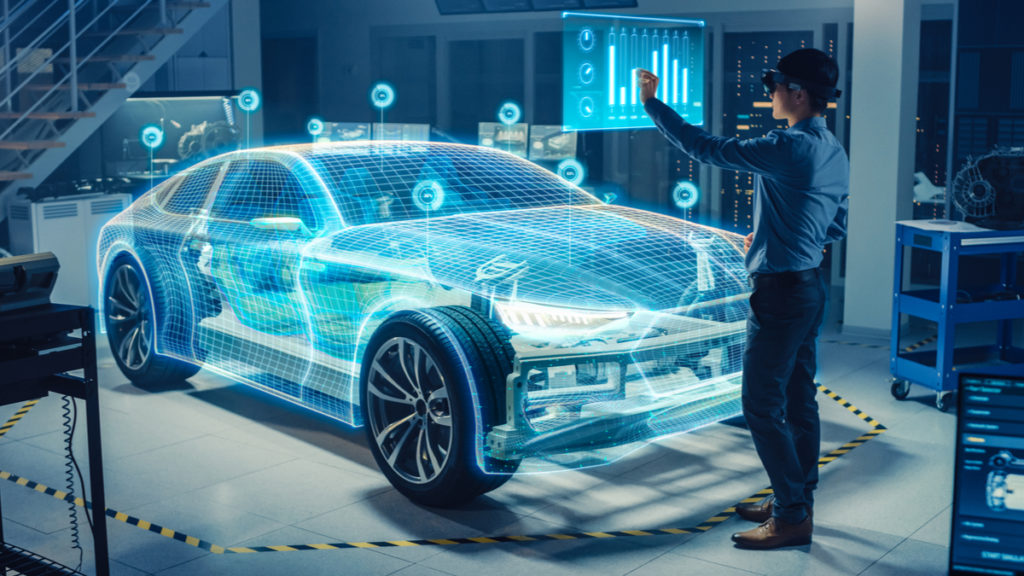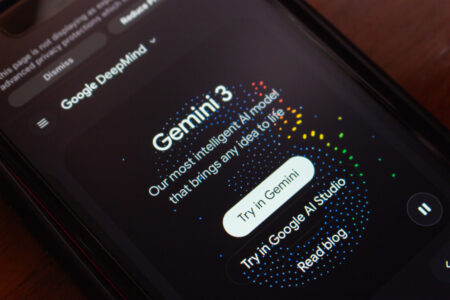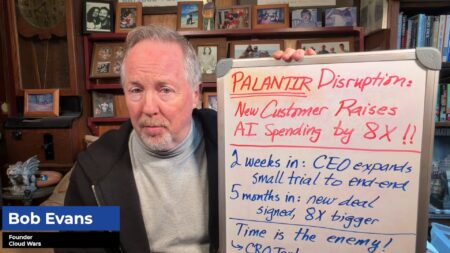As companies who manufacture physical products strive to remain relevant in an increasingly digital world, they often find that the answer lies in the technology at the core of that very digital world. Industry 4.0 is a term coined to embody the various ways that digital technology can take manufacturing to a new never-before-possible level of productivity and profitability. Innovations such as Internet of Things (IoT), Big Data, Cloud Computing, Additive Manufacturing, and Augmented Reality were not in themselves created specifically for manufacturing, but manufacturing companies have adapted and combined those technologies, resulting in impressive gains through all industries. One such innovation which has gained attention in recent years is Digital Twins.
What is a Digital Twin?
Without context, you might be tempted to assume that Digital Twins are nothing more than hype—a new buzzword for digitized information, backups, or synchronized systems. Dig a little deeper, though, and you’ll find that Digital Twins are much more than that. Gartner defines a digital twin as:
“…a digital representation of a real-world entity or system. The implementation of a digital twin is an encapsulated software object or model that mirrors a unique physical object, process, organization, person, or other abstraction. Data from multiple digital twins can be aggregated for a composite view across a number of real-world entities, such as a power plant or a city, and their related processes.”
Imagine a very detailed digital model that mimics the real-world entity extremely closely in all the ways important to your specific task. Then imagine being able to interact with that model in many ways made possible by current technology: augmented reality, virtual reality, qualitative analysis, predictive analytics, process automation and optimization, just to name a few. If it sounds like science fiction, that should come as no surprise. Most of the technological marvels that we take for granted today—smart phones, AI assistants like Alexa or Siri, and robots—were firmly planted in science fiction long before they became reality and are now even commonplace.
How are Digital Twins used?
Digital Twins are not just theoretical, though. There are already companies using this technology with impressive results. Here are a few that illustrate not just what’s possible, but what is already being accomplished.
- Google Supply Chain Twin: On an episode of Cloud Wars Minute, Bob Evans introduced what he said “may be the product of the year.” By fusing supply chain technology with digital twin technology, Google’s new offering allows an organization to “holistically model the supply chain,” combining data from internal systems such as products and inventory with external data like transportation status as well as public data including weather and sustainability factors. The goal is to improve visibility across the entire supply chain. Improvements and optimizations can be applied to the Digital Twin and the results analyzed in real time, without the need to experiment on the real-world supply chain and hope for no negative consequences.
- Siemens Machine Tool Digital Twin: Siemens product Sinumerik One provides a Digital Twin, providing benefits such as:
“The engineering of the automation can be started with a digital twin before the real prototype of a machine becomes available. This does not just save an enormous amount of time. Important insights can also be gained from the virtual engineering, which then flow back into the mechanical design. This can markedly reduce investments in expensive, real prototypes of the machine, if not eliminate them completely.”
- Azure Digital Twins: Microsoft has developed a Digital Twin platform for “creating IoT solutions that model the real world.” There are many manufacturers that have already embraced this technology and used it in incredible ways. Here is a link to a database of customer stories. One particularly interesting case is from GE Aviation. Here is how they describe their current project:
“By making Microsoft Azure Digital Twins and other Azure resources the center points for ingesting and modeling data from multiple sources, GE Aviation’s Digital Group will create a living ecosystem of data to build a flexible digital model of any aircraft and analyze its health, efficiency, and complete history, including all its individual components. That will help GE Aviation’s Digital Group customers drive greater fuel efficiency, reduce maintenance costs, and boost the flight-readiness of their fleets.”
These are just a small sampling of the use cases. Training is another area that can be greatly enhanced by Digital Twins. Imagine using virtual reality to learn how to work on manufacturing lines that are Digital Twins of the physical lines. You can simulate problems and maintenance needs without ever taking physical production offline.
The potential is virtually limitless, which is why Digital Twins are also an important part of another new technology buzzword that is receiving high levels of hype and speculation: The Metaverse. In an upcoming article, we will explore the part Digital Twins can play in this new world, as well as how the technology provided by the Metaverse could further enhance and expand the benefits of Digital Twins.











